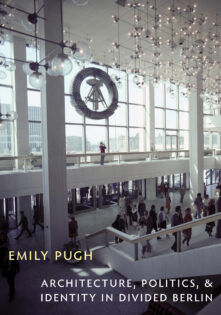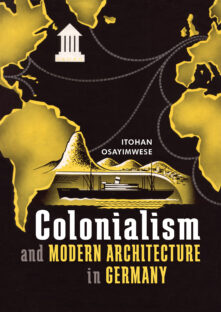Books
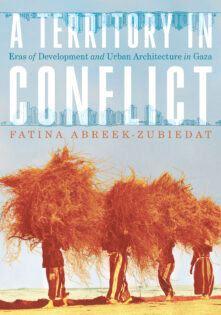
A Territory in Conflict
Eras of Development and Urban Architecture in Gaza
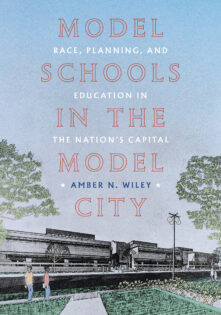
Model Schools in the Model City
Race, Planning, and Education in the Nation’s Capital

Spaces of Immigration
American Ports, Railways, and Settlements
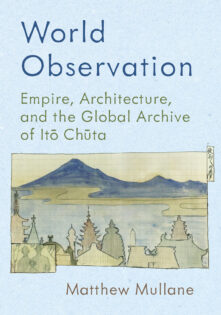
World Observation
Empire, Architecture, and the Global Archive of Itō Chūta
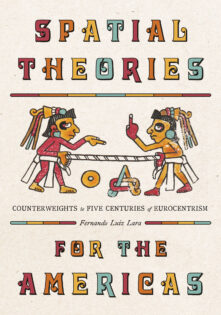
Spatial Theories for the Americas
Counterweights to Five Centuries of Eurocentrism
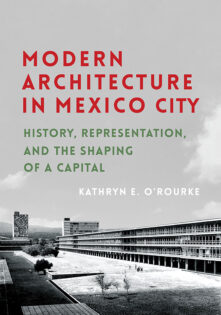
Modern Architecture in Mexico City
History, Representation, and the Shaping of a Capital
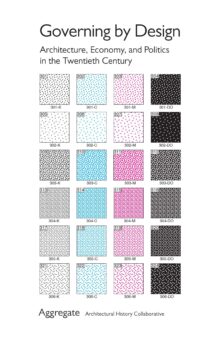
Governing by Design
Architecture, Economy, and Politics in the Twentieth Century
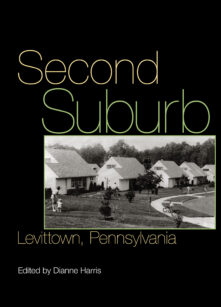
Second Suburb
Levittown, Pennsylvania
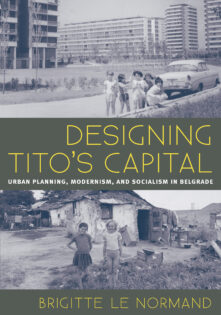
Designing Tito’s Capital
Urban Planning, Modernism, and Socialism in Belgrade

Re-Collecting Black Hawk
Landscape, Memory, and Power in the American Midwest
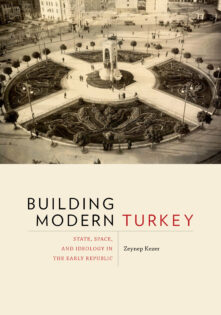
Building Modern Turkey
State, Space, and Ideology in the Early Republic
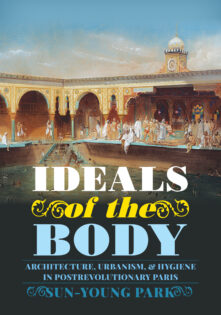
Ideals of the Body
Architecture, Urbanism, and Hygiene in Postrevolutionary Paris
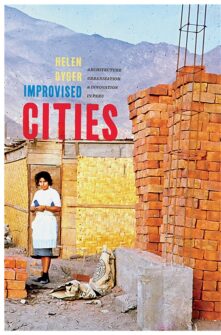
Improvised Cities
Architecture, Urbanization, and Innovation in Peru
Total 20 results found.


